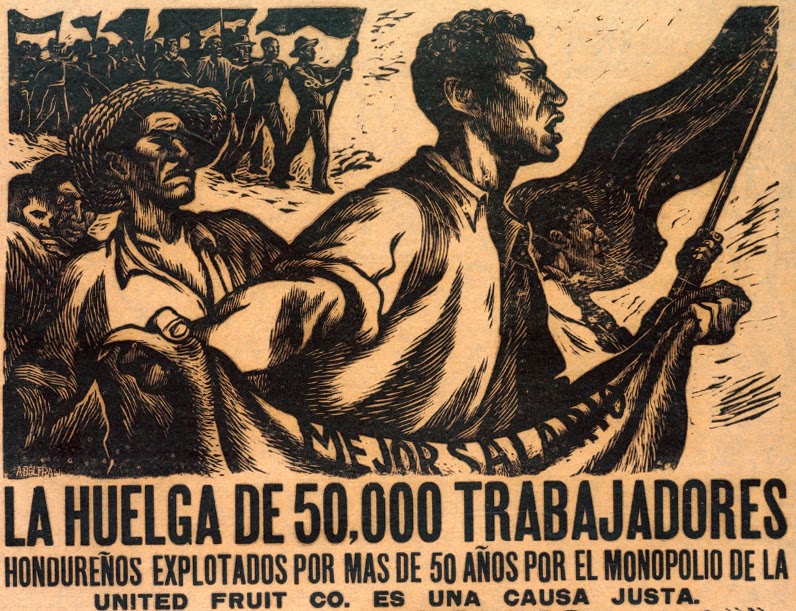Psycholinguist Jessica Love describes a 2007 study of how our words for colors affect our perception of colors. Remember last month’s Words of the Month in which I wrote about “basic color terms” and how English has 11? The largest number of basic color terms any human language boasts is 12, and Russian is one of those color-enhanced languages. In Russian there are separate words for light blue and darker blue, which are perceived as being different colors, just as pink and red are for speakers of English. So what? Well, in the study Love describes, Russian speakers proved quicker than English speakers at differentiating light from darker blue. Because their language was telling them (subconsciously) that these were two different colors, their brains were quicker at putting them in different categories. English speakers, on the other hand, could differentiate red and pink quickly, but were slower at the two blues, which their language told them are mere variants of a single color. (That this was indeed a linguistic effect, even though the test participants were going too quickly to be thinking about the words, was shown by the fact that when they were given a linguistic task to do at the same time as the color test (reciting strings of number words), the Russians lost their speed advantage.) So while it’s true that language doesn’t imprison our thoughts, preventing us from considering any concepts outside those for which our language gives us words, this study suggests that the words we have certainly do have some influence over the way we perceive the world.
I know that in my mind there really is something intrinsically different about pink and red, even though, as an artist, I’m fully aware that you make pink by mixing white with red, just as you make light blue by mixing white with blue. Who could ever perceive pink as merely light red? Absurd! (I remember as a child finding the crayon labelled “light red,” and being quite baffled.) And presumably native Russian speakers feel the same about light and dark blue, which I see as clearly being different values of a single color. It looks like my brain has accepted English’s color definitions wholly. But on the other hand, we have no shortage of words for different colors on the borders of blue, such as turquoise, aqua, teal, lavender, and yet despite having distinct words, we view these colors as mere variants of blue, or green, or purple. As in last month’s post, not all color words qualify as “basic color terms.” Nor can we all agree on whether turquoise is really blue or really green. I’ve had many a conversation over the categorization of a shirt, for example. Not only do English speakers think turquoise is a subcategory, but we can’t even say for sure what it’s a subcategory of! But why do these language differences exist? Why does one language count as basic what another language dismisses as mere subcategory? This suddenly begins to seem a little chicken-or-eggish: do speakers of some languages perceive colors in accordance with their language’s distinctions, or do the languages of some speakers name their colors in accordance with their speakers’ distinctions?
[Pictures: “Lively silhouette” fabric design by Jane Sassaman in two colorways (except that I fooled with the colors a bit on photoshop to heighten the red and blue.)]
See Jessica Love’s blog post on The American Scholar.


 .
.












